

29-09-23
Sales tax is a critical component of financial compliance for businesses across the United States. However, understanding how to solve sales tax, calculate it accurately, and comply with state and local regulations can be challenging. Every state has different tax laws, rates, and exemptions, making it essential for businesses to stay informed and compliant.
At 360 Accounting Pro Inc., we specialize in helping businesses navigate sales tax complexities, ensuring smooth registration, calculation, filing, and payment.
Sales tax is a consumption tax imposed by state and local governments on the sale of goods and certain services. The amount of sales tax varies by state, and in some cases, local governments also apply additional tax rates. Businesses are responsible for collecting sales tax from customers at the time of sale and remitting it to the appropriate tax authorities.
The first step in solving sales tax issues is determining whether your business has a sales tax nexus in a particular state. A sales tax nexus occurs when a business has a significant presence in a state, which could be in the form of:
For example, if an e-commerce store sells over $100,000 worth of products in Texas, it may be required to register for sales tax in that state.
Each state has different rules regarding which goods and services are taxable. Common taxable items include:
Some items, such as groceries, medical supplies, and educational materials, may be exempt from sales tax depending on state laws. Understanding exemptions is crucial to avoid overcharging or undercharging customers.
Once you determine taxable goods and services, the next step is to find the correct sales tax rate. This rate includes:
| State | State Tax Rate | Local Tax | Total Sales Tax Rate |
|---|---|---|---|
| California | 7.25% | Varies | Up to 10.75% |
| Texas | 6.25% | Up to 2% | Up to 8.25% |
| Florida | 6% | Varies | Up to 8.5% |
| New York | 4% | Varies | Up to 8.875% |
| Illinois | 6.25% | Varies | Up to 10.25% |
To calculate the sales tax on a purchase, use the formula:
Sales Tax = Purchase Price × Sales Tax Rate
For example:
Businesses must collect sales tax at the point of sale and maintain accurate records of:
Using accounting software like QuickBooks, Xero, or Sage can help automate tax collection and reporting.
Businesses must file and remit sales tax to the state on a monthly, quarterly, or annual basis, depending on the volume of sales. Filing deadlines vary by state, and missing them can result in penalties and interest charges.
At 360 Accounting Pro Inc., we provide end-to-end sales tax solutions to ensure your business remains compliant. Our services include:
Understanding how to solve sales tax is essential for businesses to avoid penalties and maintain compliance. By following a step-by-step sales tax calculation process, businesses can accurately determine their tax liabilities, file timely reports, and stay compliant with state regulations.
At 360 Accounting Pro Inc., we simplify sales tax management by offering expert support in calculation, registration, filing, and compliance. Let us handle your sales tax needs so you can focus on growing your business.
Contact us today to streamline your sales tax process and ensure full compliance.
Tags :
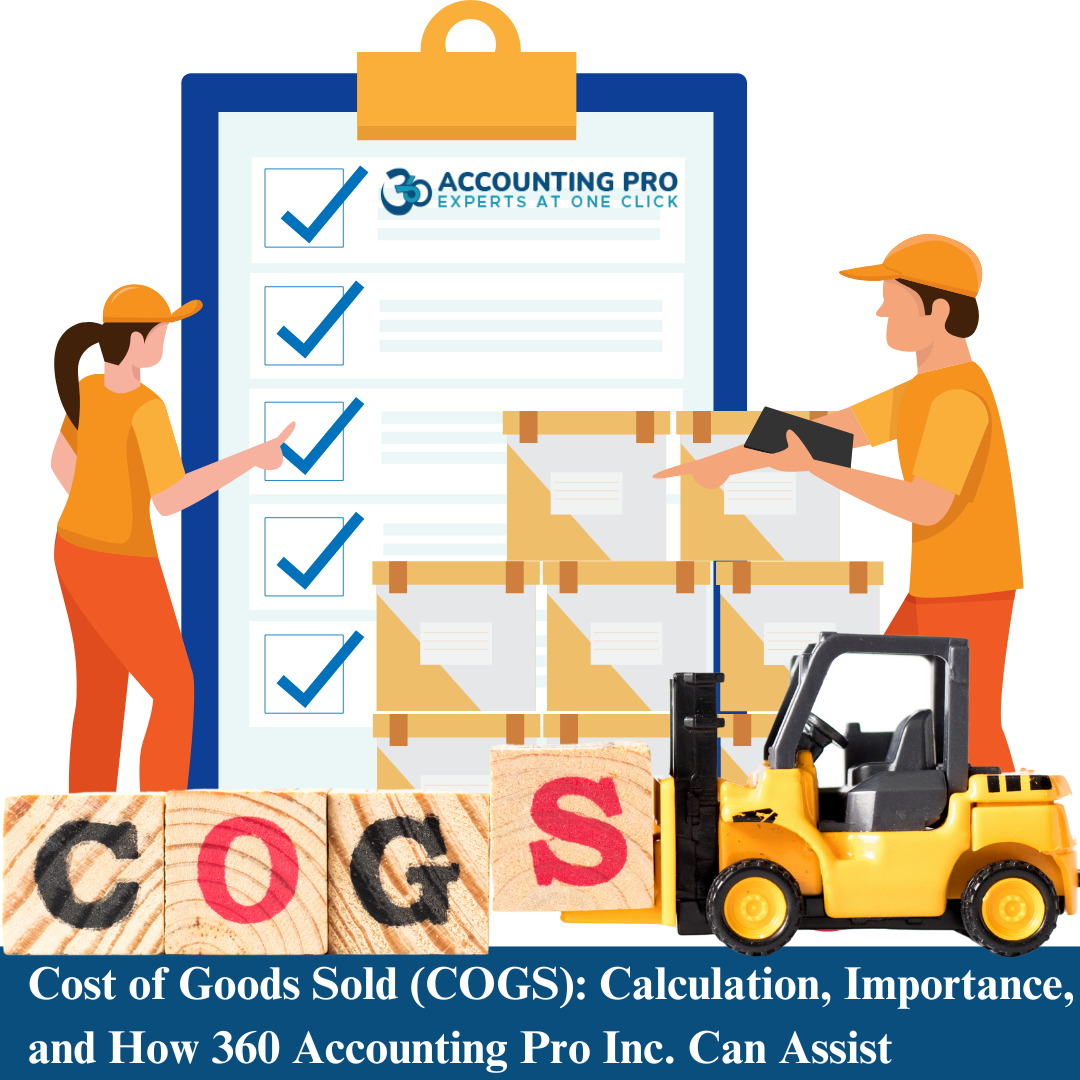


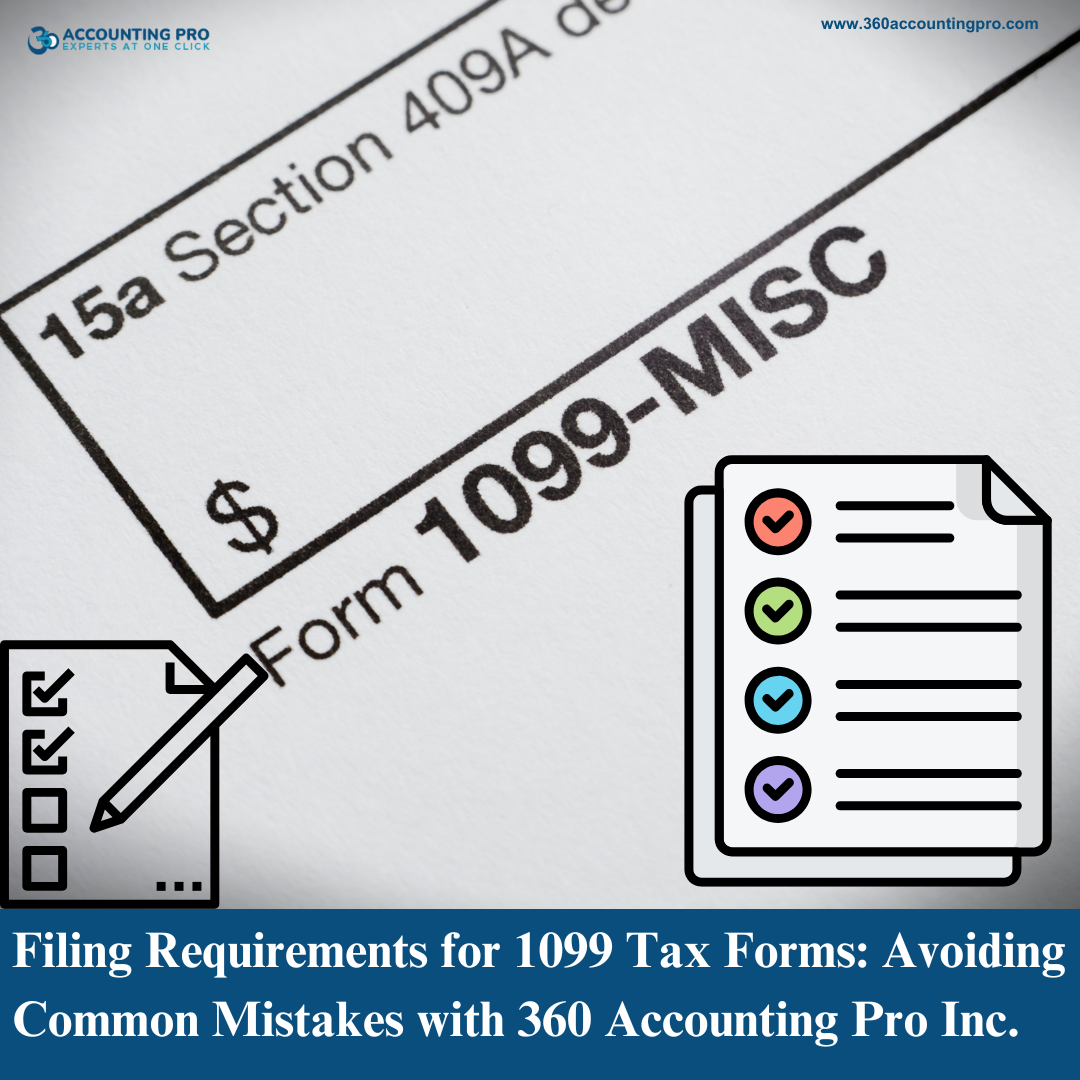





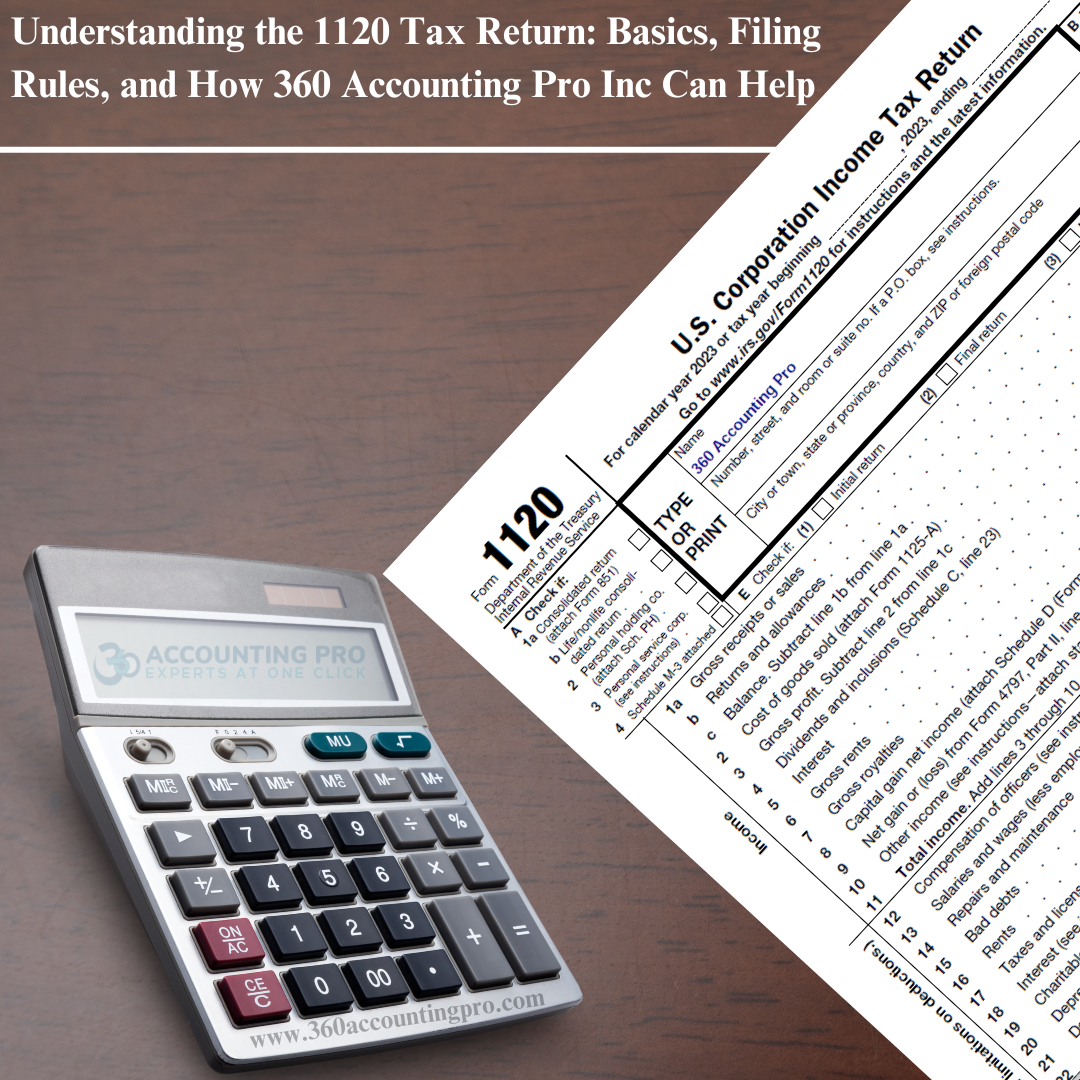

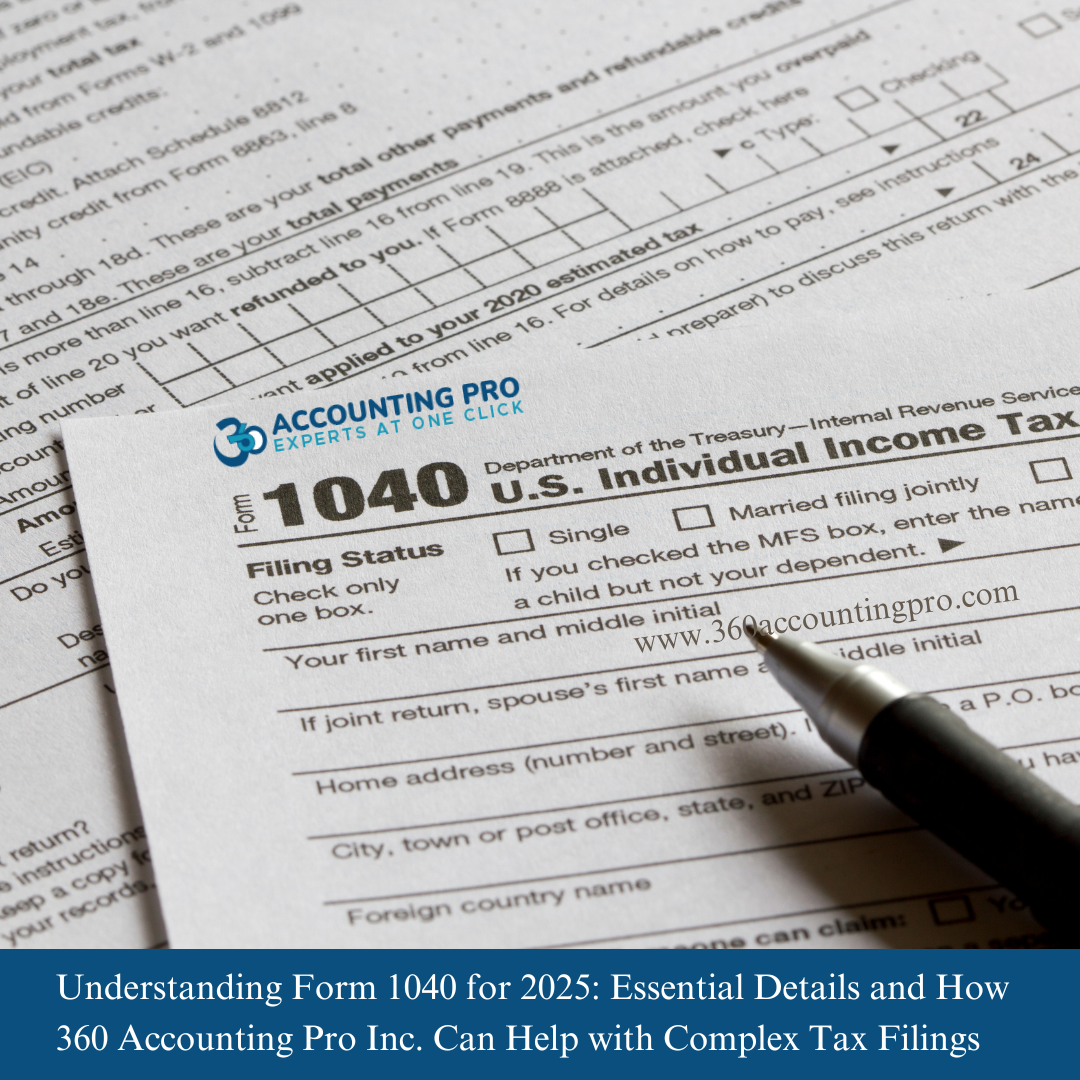




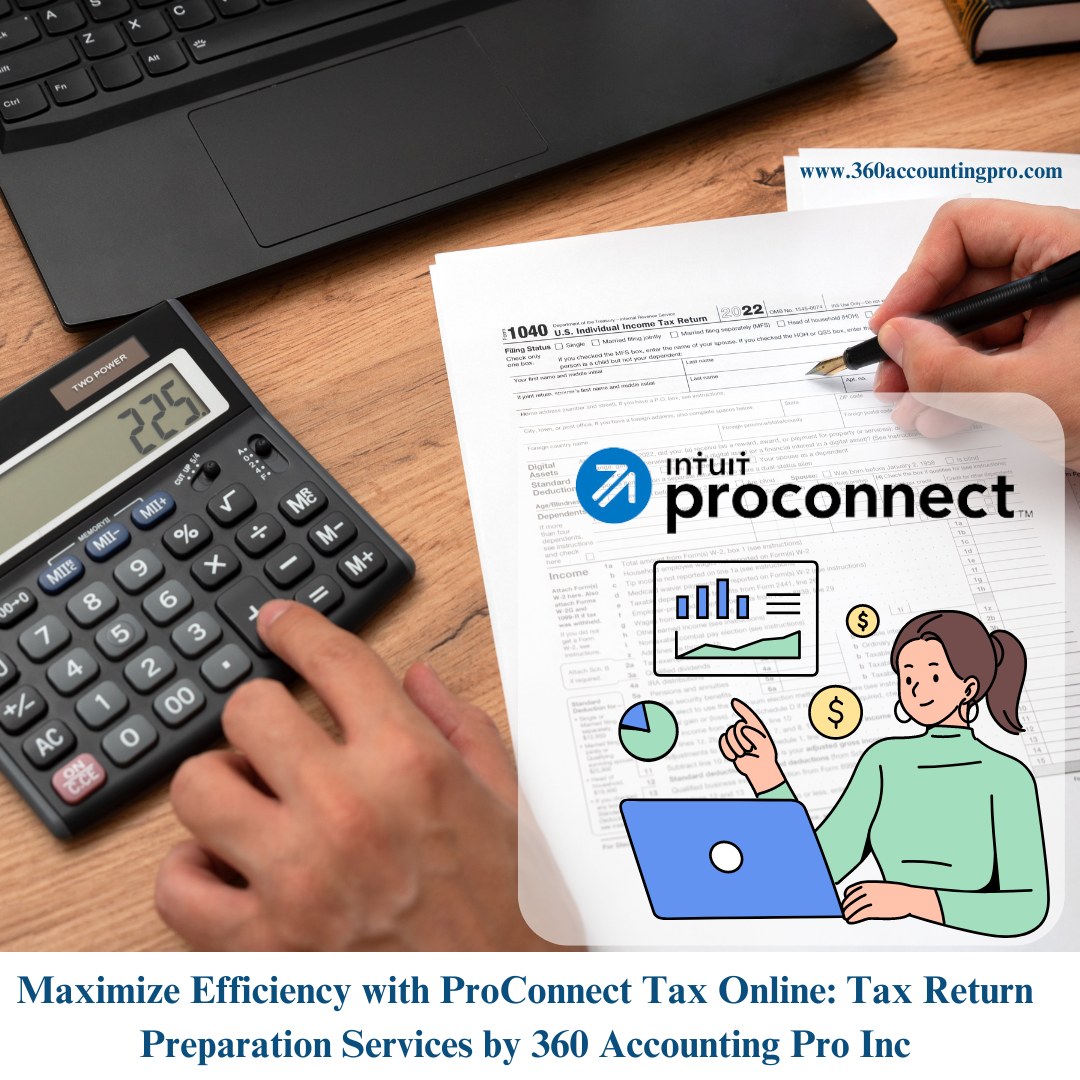


















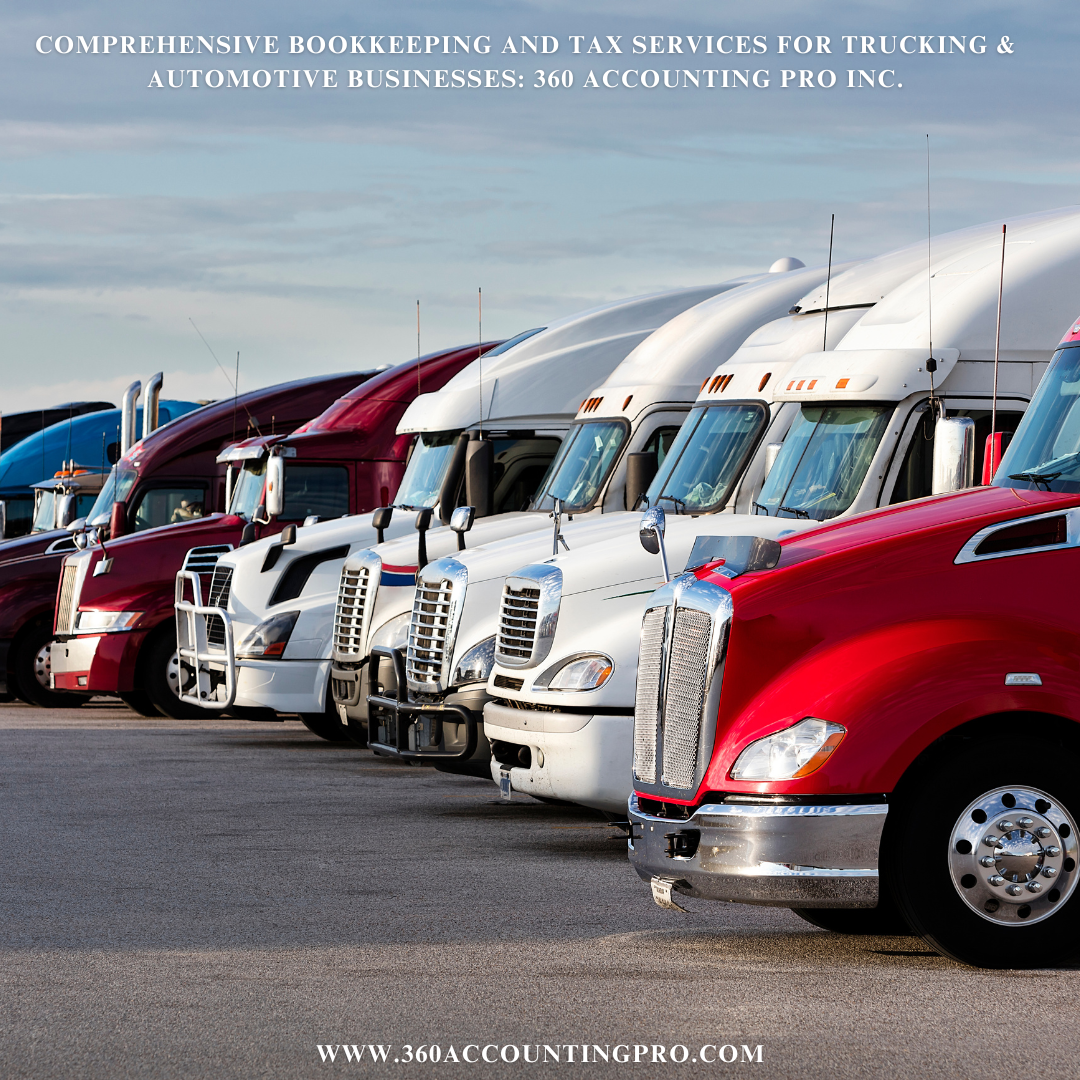










.jpg)
.jpg)
.jpg)
.jpg)


).jpg)




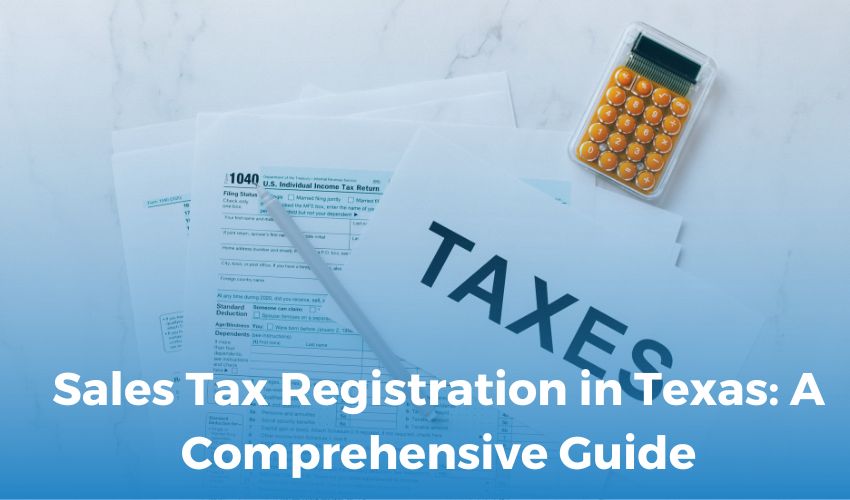
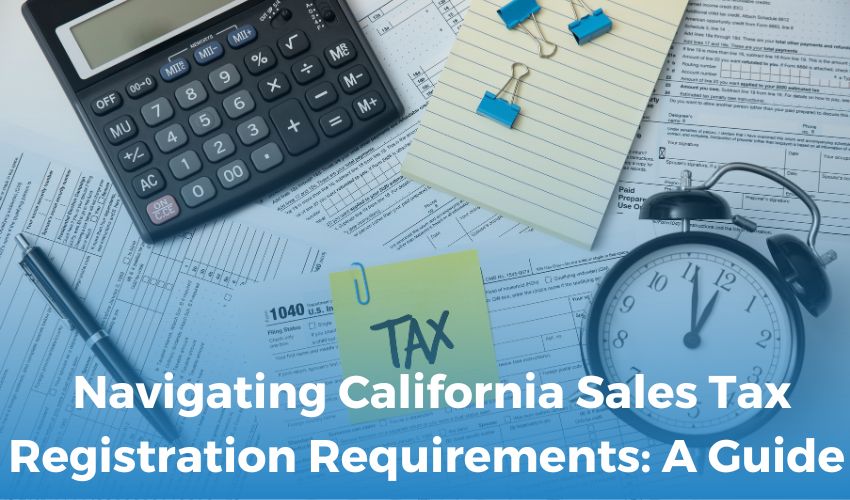





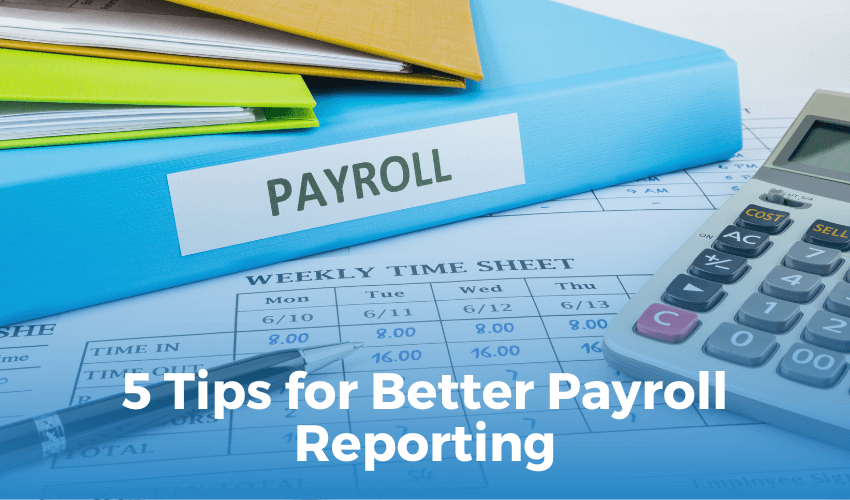
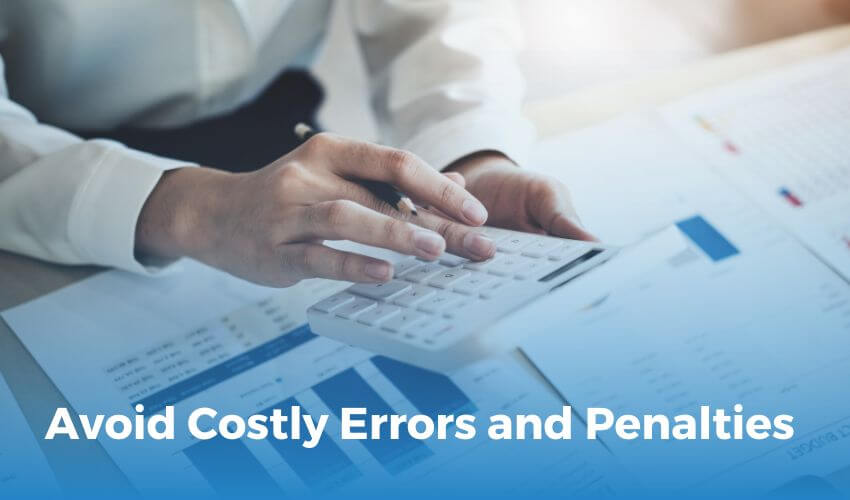

 Get A Quote
Get A Quote
Leave A Comment